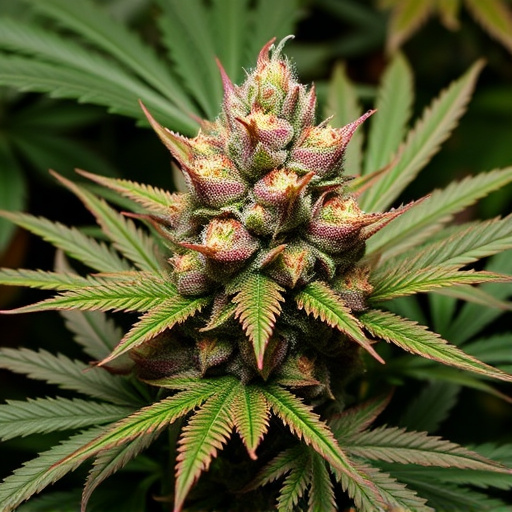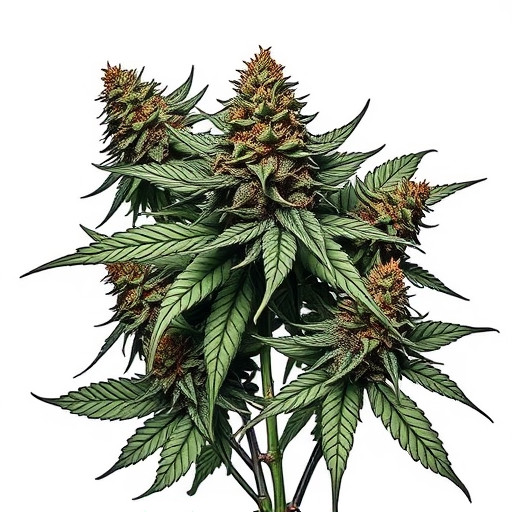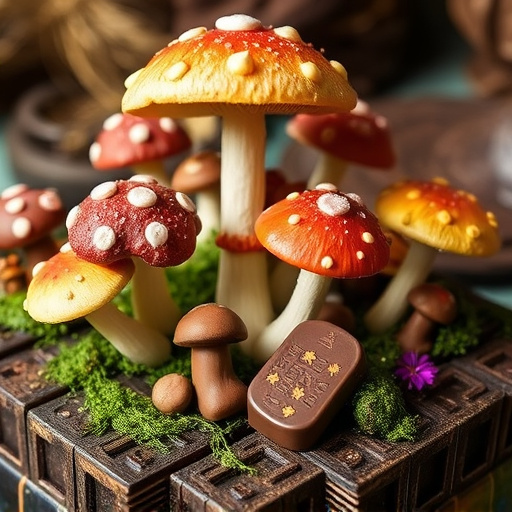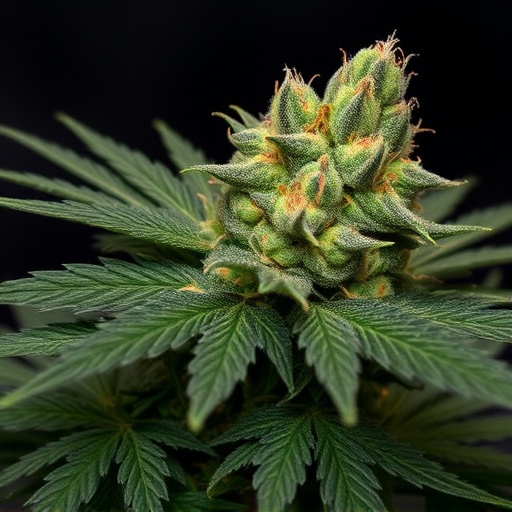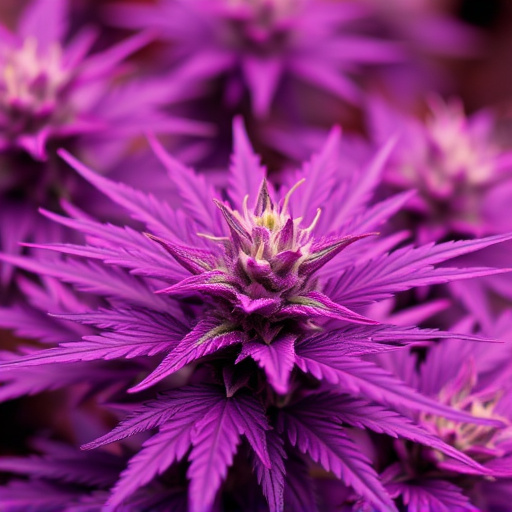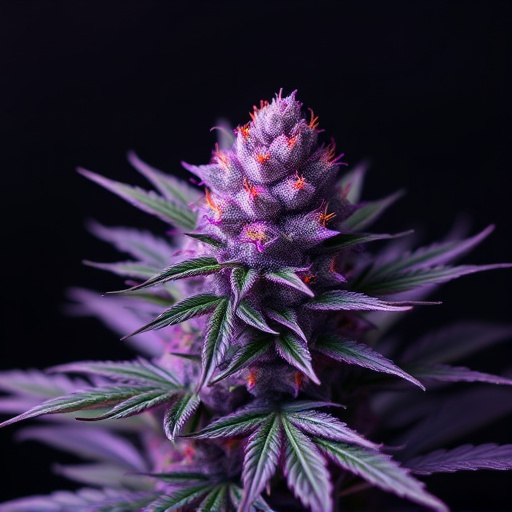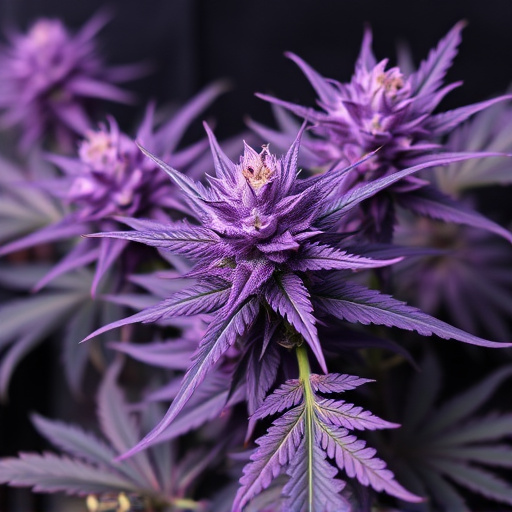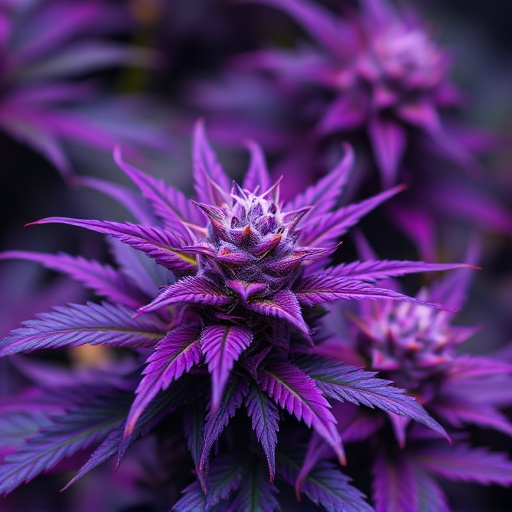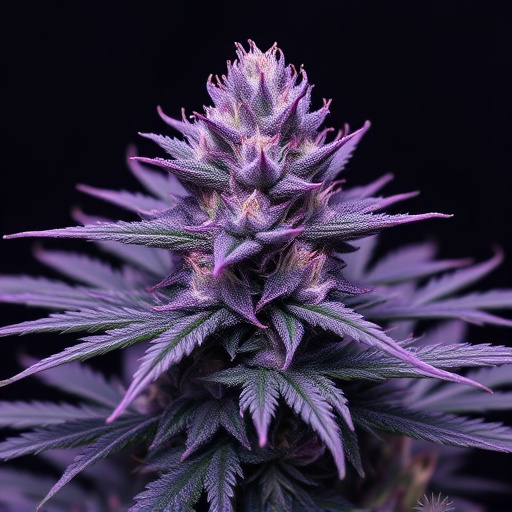Terpenes, the "essential oils" in purple cannabis strains, work synergistically with cannabinoids like THC and CBD to offer diverse therapeutic effects. Strains known for their unique aroma and flavor, like purple varieties, contain specific terpenes like myrcene (soothing, sedative) and linalool (calming, lavender-like). These interactions enable personalized cannabis medicine for conditions ranging from chronic pain to insomnia.
Terpenes, the aromatic compounds responsible for cannabis varieties’ distinct flavors and aromas, play a pivotal role in shaping the user experience. Beyond their contribution to scent and taste, terpenes offer medicinal benefits, particularly when combined with cannabinoids. This article delves into the world of terpenes, exploring their impact on purple cannabis strains known for their unique profiles, as well as their enhancing role in maximizing the therapeutic advantages of the cannabis flower.
- Understanding Terpenes: The Chemical Compounds Shaping Cannabis Experience
- Purple Cannabis Strains and Their Unique Terpene Profiles
- The Role of Terpenes in Enhancing Medicinal Benefits of Cannabis Flower
Understanding Terpenes: The Chemical Compounds Shaping Cannabis Experience
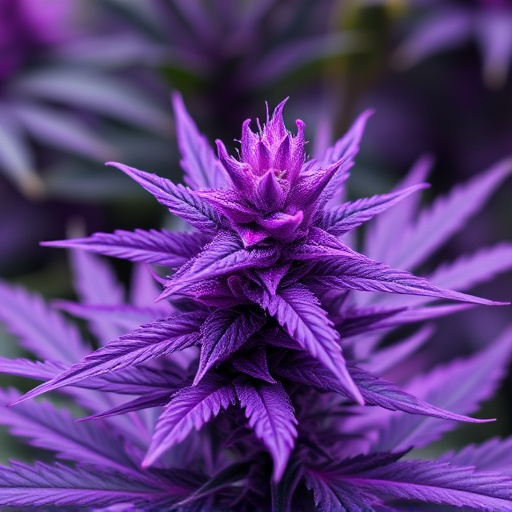
Terpenes, often referred to as the “essential oils” of cannabis, are chemical compounds that play a pivotal role in shaping the unique experience of each strain. These aromatic molecules not only contribute to the distinct scent and flavour profiles we associate with different types of purple cannabis strains but also offer potential therapeutic benefits. With over 100 identified terpenes in cannabis, each possessing its own set of properties, understanding their impact is essential.
They interact synergistically with cannabinoids like THC and CBD, influencing their effects on the body and mind. Certain terpenes may induce feelings of relaxation, enhance cognitive function, or even have anti-inflammatory properties. For instance, myrcene, commonly found in purple strains, is known for its soothing and sedative effects, making it a popular choice for those seeking relief from insomnia or anxiety. This intricate interplay between terpenes and cannabinoids contributes to the diverse range of experiences users can expect from consuming cannabis flowers.
Purple Cannabis Strains and Their Unique Terpene Profiles
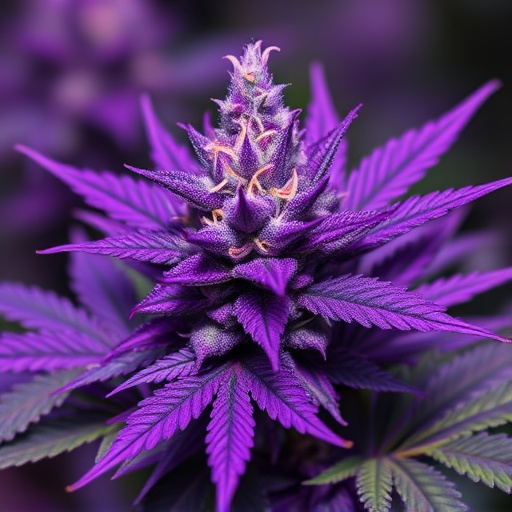
Purple cannabis strains have gained a cult following among enthusiasts for their distinct aroma, flavor, and potential therapeutic effects. These strains owe their unique characteristics to specialized terpene profiles—a group of aromatic compounds naturally present in cannabis that contribute to its diverse sensory experiences. Terpenes not only make purple buds visually appealing with their rich pigment but also play a significant role in the plant’s interaction with our bodies.
One of the most renowned terpenes in purple cannabis strains is linalool, known for its calming and relaxing properties. It imparts a lavender-like aroma, often described as floral and fruity, creating a soothing atmosphere. Myrcene, another common terpene in these strains, adds earthy and musky notes, enhancing the overall complexity of the profile. This specific combination of terpenes can provide users with a unique sensory journey, offering both pleasant aromas and potential therapeutic benefits, making purple cannabis strains a favorite among those seeking a tailored cannabis experience.
The Role of Terpenes in Enhancing Medicinal Benefits of Cannabis Flower
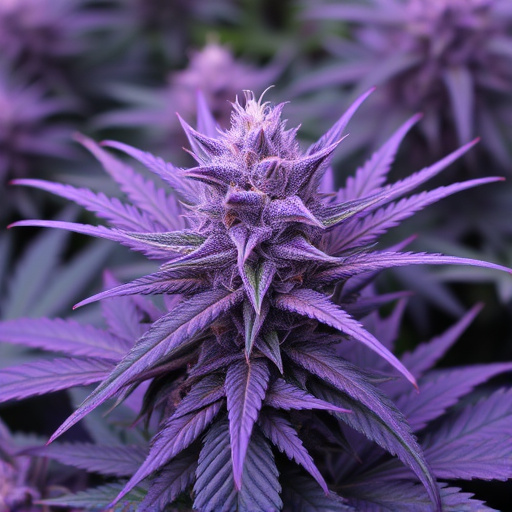
Terpenes, often referred to as the “aroma molecules” in cannabis, play a pivotal role in enhancing its medicinal benefits. These organic compounds, responsible for the distinct scents and flavors we associate with various cannabis strains, including vibrant purple cannabis varieties, offer more than just sensory appeal. Research suggests that terpenes interact synergistically with cannabinoids, such as THC and CBD, to modulate the plant’s therapeutic effects.
For instance, some terpenes like linalool, prevalent in many purple cannabis strains, is known for its calming and sedative properties, making it beneficial for managing anxiety and promoting sleep. Myrcene, another common terpene, has anti-inflammatory and analgesic effects, contributing to pain relief. Understanding the complex interplay between terpenes and cannabinoids opens up new possibilities for tailoring cannabis treatments to individual needs, maximizing medicinal benefits for conditions ranging from chronic pain to insomnia.
Terpenes, the aromatic compounds within cannabis flower, play a pivotal role in shaping both the sensory experience and medicinal potential. As explored with the unique terpene profiles of purple cannabis strains, these chemical contributors add complexity to the overall profile. Understanding terpenes empowers consumers to navigate the vast variety available, allowing them to select strains that best align with their desired effects. Moreover, recognizing the enhancing role of terpenes in cannabis’ medicinal benefits opens doors to optimized therapeutic applications.
